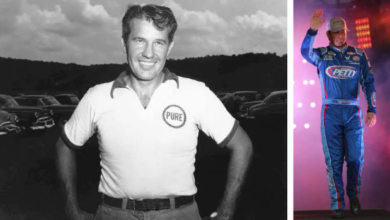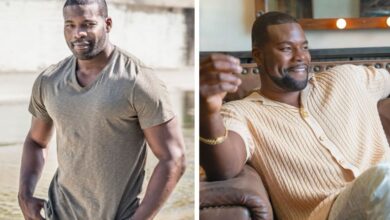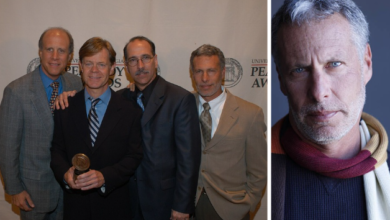The Vision of Paul Hunter Inside the Mind of an American Filmmaker
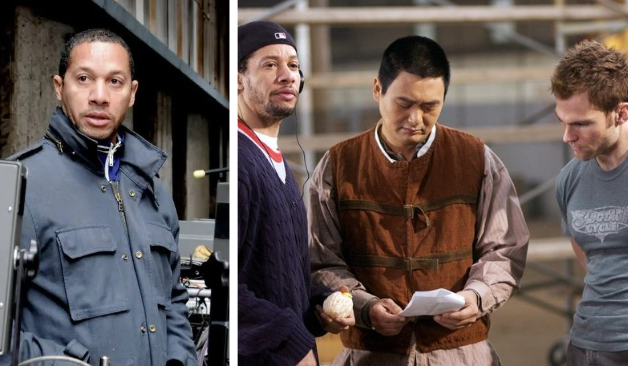
Paul Hunter is widely recognized as one of the most creative American filmmakers of his generation, known for transforming the look and feel of modern videos and feature films. His visionary approach combines artistry, storytelling, and visual innovation that has reshaped how audiences experience cinematic visuals.
Quick Bio
| Full Name | Paul Hunter |
|---|---|
| Profession | American Filmmaker, Producer |
| Date of Birth | November 15, 1973 |
| Place of Birth | Los Angeles, California, USA |
| Nationality | American |
| Education | University of California, Los Angeles (UCLA) – Film and Television |
| Years Active | 1990s – Present |
| Notable Works | Bulletproof Monk, Michael Jackson – You Rock My World |
| Awards & Honors | Grammy Nominations |
| Known For | Visual Storytelling, Stylish Direction, Urban Aesthetic |
Early Life and Education

Paul Hunter was born and raised in Los Angeles, California, where the world of cinema surrounded him from an early age. Growing up amid Hollywood’s cultural influence, he developed an early passion for storytelling, visual arts. His childhood exposure to films and diverse art forms inspired him to pursue a career behind the camera. Hunter later attended the University of California, Los Angeles (UCLA), where he studied film and television production, learning the fundamentals that would later define his career.
Entry into the Film Industry

After graduating from UCLA, Paul Hunter began his professional journey for emerging and top artists in the 1990s. His early work quickly gained recognition for its stylish visuals, cinematic storytelling, and innovative camera work. Hunter collaborated with icons like Michael Jackson, Jennifer Lopez, Beyoncé, Pharrell Williams, and Eminem, among others. His distinct visual signature—vivid colors, dynamic editing, and emotionally charged imagery—made him one of the most sought of his time.
Transition to Feature Films
In 2003, Paul Hunter made his feature-film debut with Bulletproof Monk, starring Chow Yun-Fat and Seann William Scott. The film allowed him to apply his visual language to a larger narrative canvas, blending action, fantasy, and humor. While critical reception was mixed, the film showcased his ability to manage large-scale productions and brought his unique visual flair to Hollywood filmmaking. It remains an important milestone in his transition from short-form director to full-length filmmaker.
Influence on Pop Culture and Visual Media
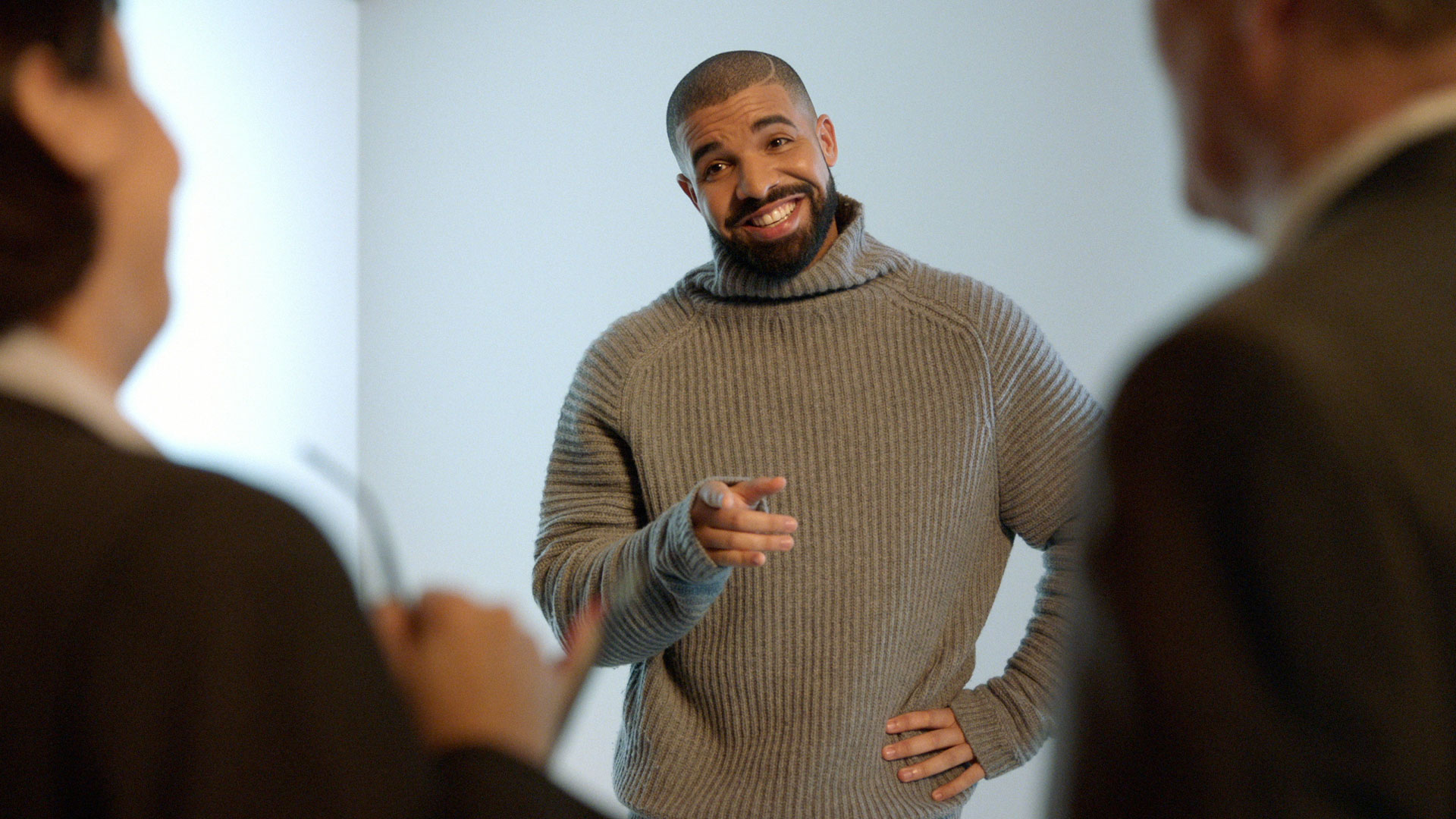
Throughout the late 1990s and early 2000s, Paul Hunter’s influence defined the look and feel of popular videos. His work inspired an entire generation of directors who adopted his fast-paced edits, vibrant compositions, and cinematic storytelling. His style extended beyond entertainment into fashion photography, commercial advertising, and digital cinema. By merging narrative depth with commercial appeal, he helped blur the line between art and marketing, making visuals as essential as the sound itself.
Awards and Recognition
His ability to tell emotionally resonant stories through visuals has made him one of the industry’s most respected creators. Critics have praised his capacity to merge technology with storytelling, giving his projects a timeless, artistic quality that continues to captivate audiences worldwide.
Commercial Directing and Brand Storytelling
Beyond entertainment, Paul Hunter became a sought-after name in commercial directing. He has crafted cinematic campaigns for major brands like Nike and Apple, each infused with his signature visual tone and emotional resonance. His advertising work demonstrates that brand storytelling can achieve the same depth and artistry as film. By bringing humanity and style to corporate campaigns, he redefined how audiences engage with visual marketing.
Mentorship and Industry Impact
As a veteran filmmaker, Paul Hunter is deeply committed to mentorship and education. He shares his experience at workshops, film schools, and creative panels, encouraging emerging directors to experiment and embrace authenticity. His story—from student filmmaker to international director—serves as a motivating example for young artists aiming to enter the film industries. Through his mentorship, he continues to influence the next wave of visual storytellers.
Creative Philosophy
For Paul Hunter, every project begins with a clear belief: “Every frame should speak.” His philosophy centers on the idea that visuals must serve emotion, not just aesthetics. He strives to capture genuine feeling through composition, rhythm, and light. This approach gives his work a human quality that connects deeply with audiences. His films and videos often explore identity, resilience, and transformation, themes that mirror both his artistic journey and personal perspective.
Legacy and Continuing Influence
Today, Paul Hunter stands as a visionary figure in visual storytelling. His creativity in fashion films, and branded content. By combining the heart of cinema with the energy, he has created a legacy that continues to evolve. Younger directors consistently credit him as an influence, proof that his work remains relevant and vital in the digital era. His dedication to craft ensures that his artistic footprint will endure well into the future.
Conclusion
From the vibrant streets of Los Angeles to international film sets, Paul Hunter’s journey is a story of imagination, innovation, and perseverance. His career demonstrates that true artistry lies in merging emotion with vision. A commercial, or a feature film, he continues to redefine what it means to be a modern American filmmaker—one who sees film not just as entertainment but as a language of emotion and meaning.
FAQs
Who is Paul Hunter?
Paul Hunter is an acclaimed American filmmaker director known for his cinematic storytelling and visual innovation.
What is Paul Hunter known for?
He is best known for directing Bulletproof Monk, Lady Marmalade, and You Rock My World by Michael Jackson.
Which artists has he worked with?
He has collaborated with Beyoncé, Jennifer Lopez, Eminem, Pharrell Williams, and many others.
Where did he study filmmaking?
He studied Film and Television Production at the University of California, Los Angeles (UCLA).
What defines his directing style?
His style blends cinematic storytelling, rich color, and emotional depth, turning visuals into narrative art.
For More Updates Visit: Fortune Magazine

